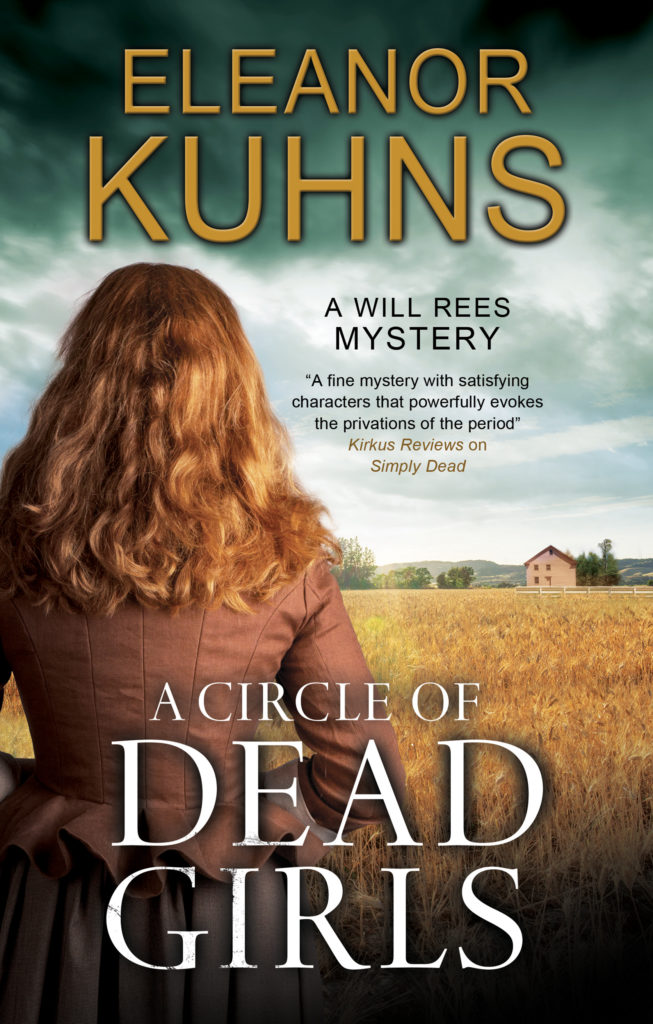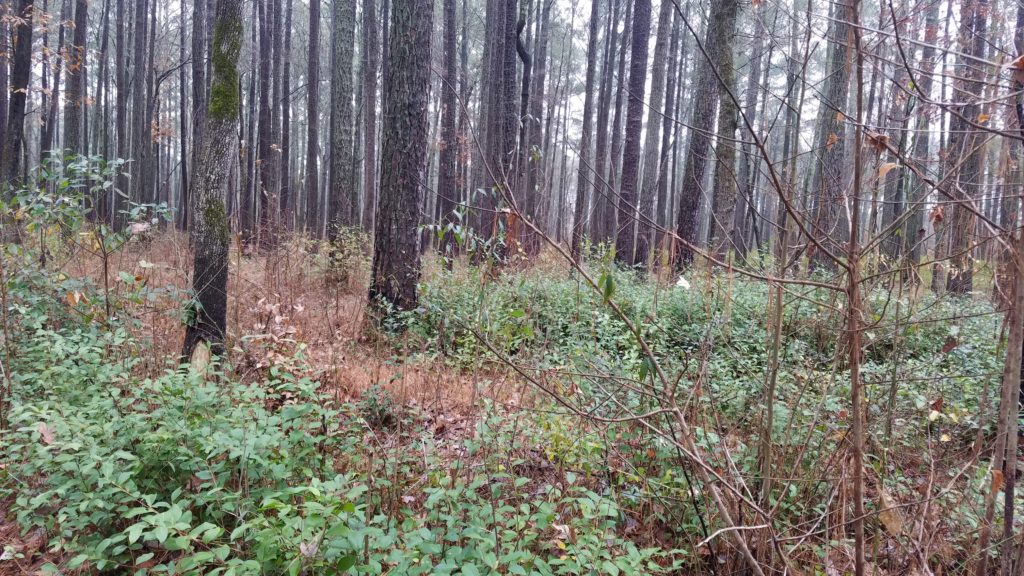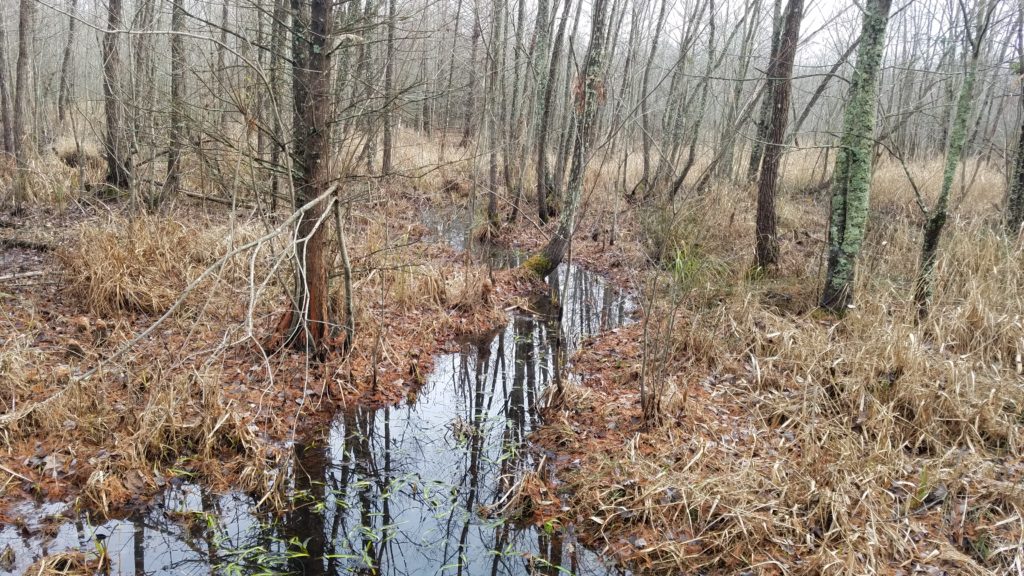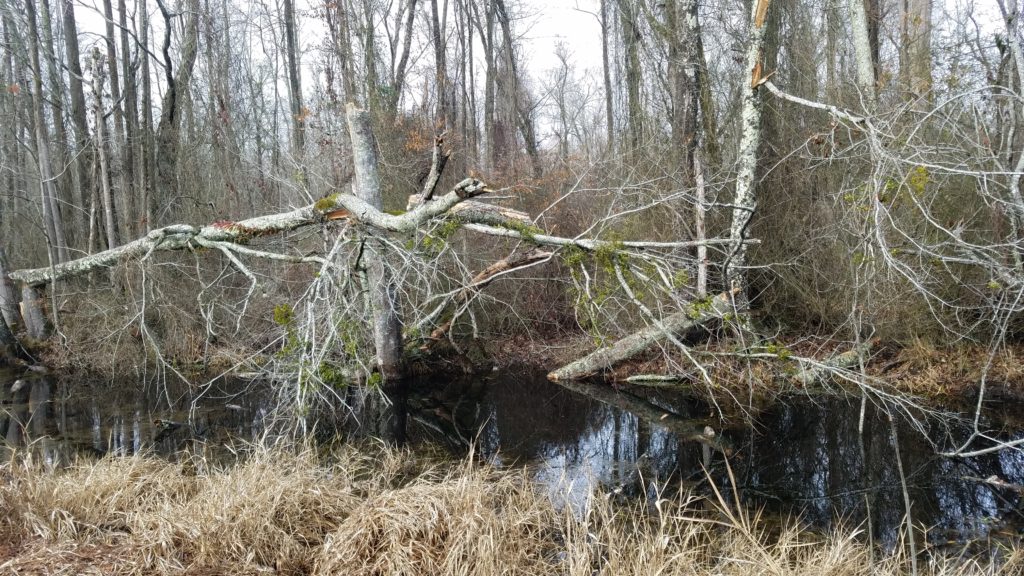In Death in the Great Dismal, I take a temporary break from Rees’s world; the District of Maine and the community of Shakers who live nearby, to send him and Lydia south to Virginia.
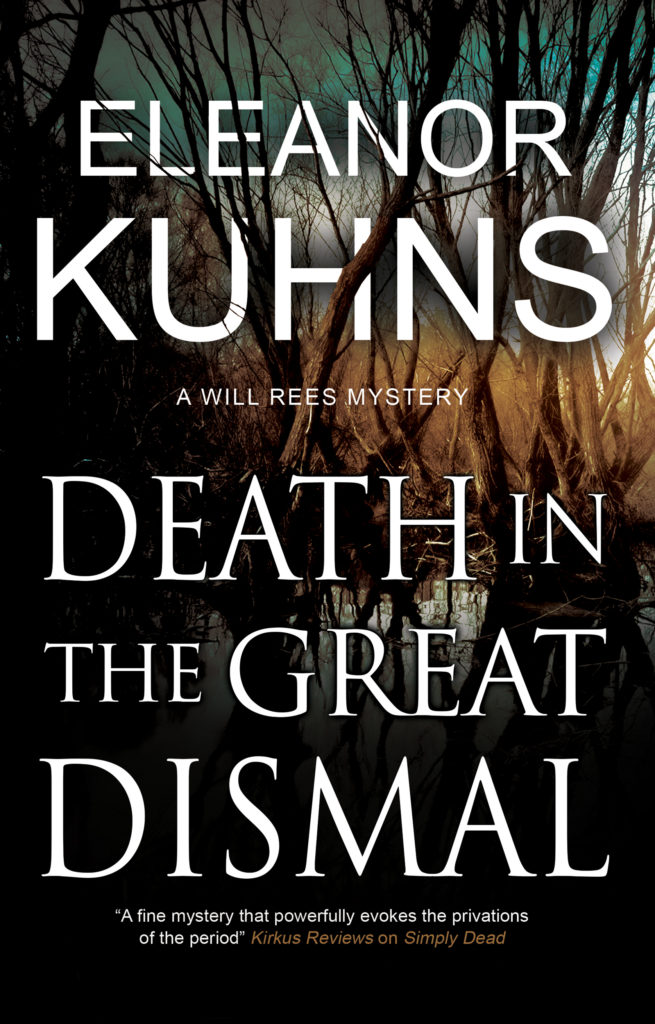
Rees is asked by his friend Tobias to rescue his wife Ruth from the Great Dismal Swamp in Virginia. Rees and Lydia agree, somewhat reluctantly, and travel to the swamp. (The swamp still exists, bridging 100,000 acres in Southern Virginia into northern North Carolina, and has been declared a Wildlife Refuge.)
There, Tobias guides them to a small village of fugitives, who were living hand to mouth, in the depths of the swamp. Who were these people?
Well, first of all, the existence of the Maroons is true and historically accurate. The hunger for freedom was so acute that many people fled slavery, preferring to take their chances in the hostile environment of the swamp. Daniel Sayers, an archeologist, has done excavations to identify some of the sites of the villages. The village structures were built of wood and, because of the climate in the swamp, they have all rotted. There are no stones of any kind in the swamp but Sayers found remnants of post holes and pottery shards. Why were they called Maroons. No one really knows. One theory is that the name is from the French, marronage, to flee.
Although not well known until recently, the existence of these small villages is present in the historical record. Slave takers were sent regularly into the swamp to recapture escapees – with mixed success. Some of these Maroons lived so deep within the swamp, surviving and raising families, that they could not be found. The children born here grew up in their turn, and the descendent of the original fugitives did not leave the swamp until after the Civil War. They had never seen a white person.
As I describe, male slaves were regularly hired by the Dismal Canal Company to dig the canal. The overseers turned a blind eye to the maroons who worked as shingle makers, despite knowing they were fugitives, because these shingle makers helped make the quotas.
I also based my character Quaco, on an historical account of a man who, brought to Virginia on a slave ship, escaped to the swamp as soon as he arrived. He survived by hunting, and dressed himself in the skins of the animals in killed. He never learned English.

